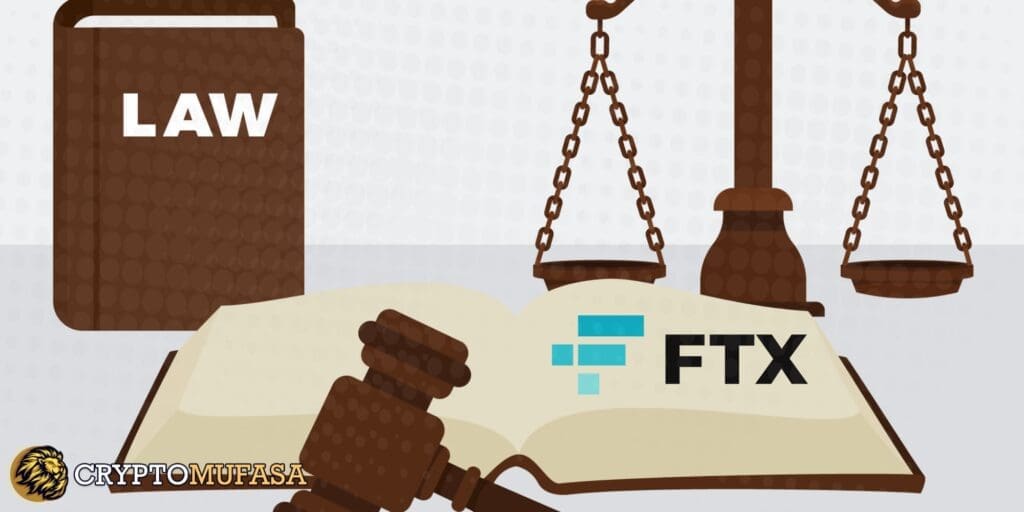FTX, a prominent yet troubled crypto exchange, has reached a critical point in its bankruptcy proceedings. On the eve of former FTX executive Nishad Singh’s sentencing, CEO John Ray submitted a formal appeal requesting leniency. The reason? Singh’s potential value in aiding FTX’s asset recovery efforts for its creditors is a move that could significantly impact the firm’s ability to repay those affected by the exchange’s collapse. This is a crucial moment for FTX seeking bankruptcy liquidity and FTX Bankruptcy Leniency.
Singh’s Role: Why His Knowledge is Vital to FTX’s Asset Recovery
John Ray emphasized that Singh’s insights into FTX’s operational structure and digital infrastructure are irreplaceable when tracing missing assets. Since the exchange declared bankruptcy, Singh has played a central role in providing details on complex transactions, data systems, and accounts that remain under investigation. FTX’s appeal to the court highlights Singh’s direct involvement in pivotal transactions and intimate understanding of FTX’s processes, which could facilitate a faster recovery process and increase creditor repayment amidst the FTX Bankruptcy Leniency request.
Understanding the Legal Complexity of FTX’s Bankruptcy Case
FTX’s bankruptcy proceedings mark one of the most complex cases in the history of cryptocurrency. With billions of dollars owed to creditors, former executives like Singh have become crucial in identifying lost or misappropriated assets. As Ray’s letter points out, Singh’s expertise could help address key questions surrounding the exchange’s financial discrepancies. The court’s decision regarding Singh’s sentence could set a precedent for crypto bankruptcies as legal teams assess the benefits of executive cooperation against the need for accountability. The FTX Bankruptcy Leniency request might impact future decisions.
A Closer Look at Singh’s Alleged Misconduct and Cooperation Agreement
Despite his alleged involvement in financial mismanagement, Singh agreed to cooperate with legal authorities by providing detailed information about FTX’s financial operations. This cooperation agreement has already led to critical insights into FTX’s accounting methods and transaction history, helping to clarify the extent of its obligations to creditors. According to court documents, Singh is prepared to testify, disclose records, and help recover misappropriated funds as part of his agreement—a commitment that Ray views as instrumental in FTX’s restructuring efforts, further emphasizing the importance of the FTX Bankruptcy Leniency plea.
Potential Industry-Wide Impact: Legal Experts Weigh In
The sentencing outcome could have significant implications for cryptocurrency regulation and bankruptcy proceedings. Legal experts suggest that allowing Singh to continue assisting FTX could accelerate the firm’s restructuring timeline, providing hope for creditors eager to recover their funds. Some see the case as an indicator of future legal approaches to crypto bankruptcies, particularly when executive insights may be necessary for financial restitution. However, others argue that a lenient sentence could set an undesired precedent, allowing individuals in key financial roles to avoid full accountability amidst FTX Bankruptcy Leniency.
Balancing Justice and Financial Recovery in the Crypto Space
FTX’s last-minute appeal on behalf of Singh underscores the importance of balancing justice with financial recovery in crypto-related bankruptcies. Judge Kaplan’s upcoming ruling will determine whether Singh can contribute to FTX’s recovery efforts outside of prison, with potential ripple effects on the industry’s regulatory landscape. For FTX, this represents a vital step toward repaying creditors, while for the wider crypto community, it highlights the evolving complexities of accountability in decentralized finance. The FTX Bankruptcy Leniency request remains a focal point in this balance.
Get the top crypto insights weekly. No spam, no ads—just the best updates. Subscribe now!

